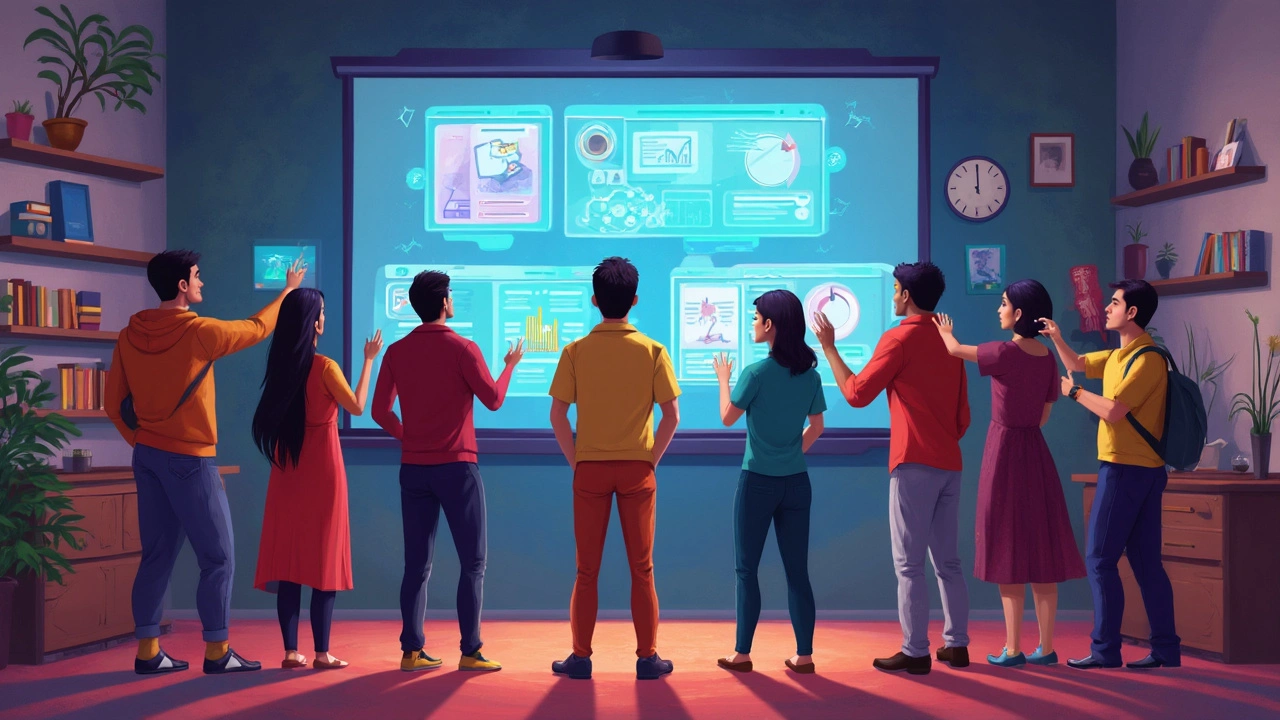Instructional Design in Education: What Works for Indian Students
When we talk about instructional design, the systematic process of creating effective learning experiences. Also known as learning design, it’s not about making slides pretty—it’s about figuring out how students actually remember, understand, and use what they’re taught. In India, where millions prep for JEE, NEET, and board exams, bad teaching wastes months. Good instructional design cuts the noise and focuses on what sticks.
It’s not enough to dump NCERT content on students. Top coaching centers like Aakash and Allen don’t just teach—they structure lessons so concepts build on each other. They use spaced repetition for organic reactions, diagnostic quizzes to find weak spots, and real exam patterns to guide practice. That’s teaching methods, the specific techniques used to deliver content shaped by learning strategies, how students actively engage with material to retain it. For example, if you’re struggling with electrochemistry, it’s not because you’re bad at math—it’s because the lesson didn’t connect redox reactions to real battery examples. Instructional design fixes that gap.
CBSE and ICSE syllabi don’t change much year to year, but how they’re taught does. The best teachers don’t follow the textbook page-by-page. They chunk topics, use analogies (like comparing titration to balancing a scale), and build in frequent low-stakes testing. This isn’t theory—it’s what top NEET scorers do differently. They don’t study more; they study smarter because their material was designed for retention, not just coverage. Even in government schools, simple tweaks—like starting each class with a one-question quiz—can double recall rates.
What you’ll find in these posts isn’t a list of fancy tools or expensive software. It’s real examples: how Aakash structures its NEET modules, why CBSE’s exam pattern makes chemistry the most scoring subject, and how skipping physical chemistry isn’t a strategy—it’s a risk. You’ll see how instructional design turns confusion into clarity, and how the same principles apply whether you’re in a Delhi coaching center or a small-town classroom. No jargon. No fluff. Just what actually moves the needle for Indian students.
5 Phases of eLearning: A Simple Guide to Powerful Online Courses
Jun, 22 2025
This article breaks down the 5 phases of eLearning in a way that's easy to follow, no matter your background. You'll learn what each phase is about, what you actually need to do at each stage, and why they matter if you want your online course to work. Get practical tips and see real-world examples that make these phases less intimidating. If you're building or taking online courses, these steps will help you get better results. Find out what separates a clunky course from one people actually enjoy.

